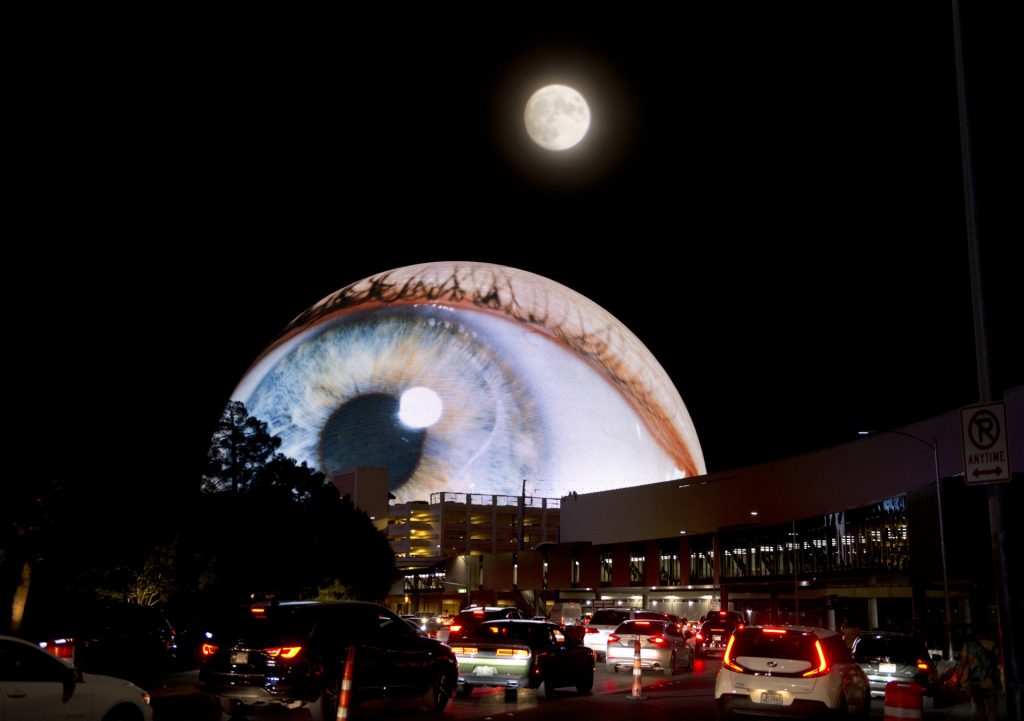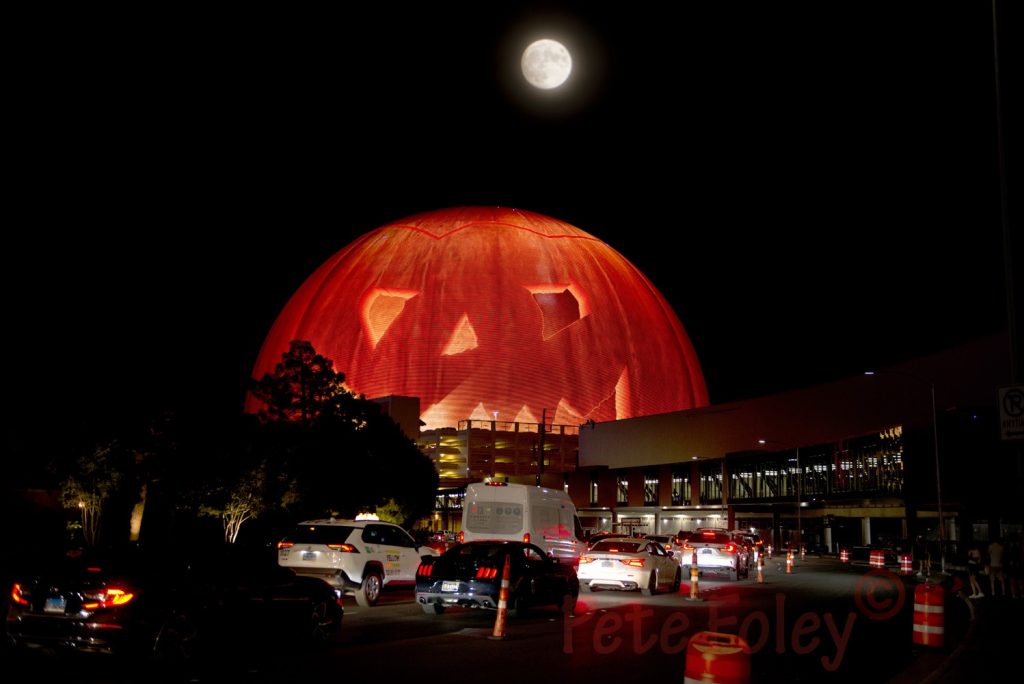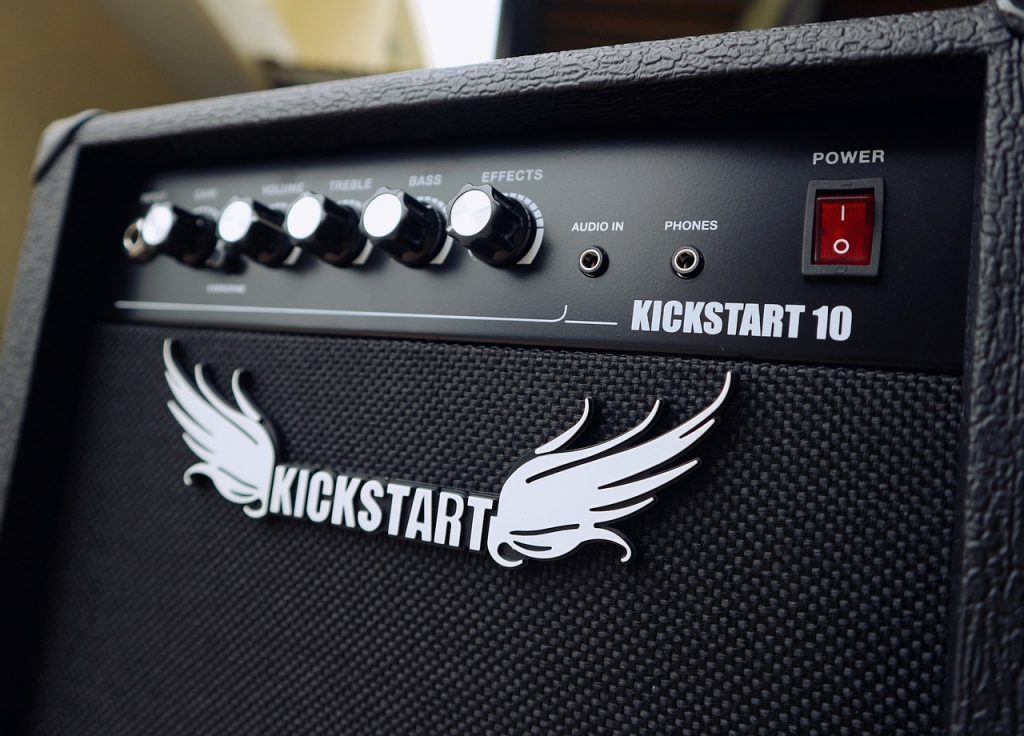
GUEST POST from Pete Foley
I’m obsessed with the newly opened Sphere in Las Vegas as an example of Innovation. As I write this, U2 are preparing for their second show there, and Vegas is buzzing about the new innovation they are performing in. That in of itself is quite something. Vegas is a city that is nor short of entertainment and visual spectacle, so for an innovation to capture the collective imagination in this way it has to be genuinely Wow. And that ‘Wow’ means there are opportunities for the innovation community to learn from it.
For those of you who might have missed it, The Sphere is an approximately 20,000 seat auditorium with razor sharp cutting edge multisensory capabilities that include a 16K resolution wraparound interior LED screen, speakers with beamforming and wave field synthesis technology, and 4D haptic physical effects built into the seats. The exterior of the 366 foot high building features 580,000 sq ft of LED displays which have transformed the already ostentatious Las Vegas skyline. Images including a giant eye, moon, earth, smiley face, Halloween pumpkin and various underwater scenes and geometric animations light up the sky, together with advertisements that are rumored to cost almost $500,000 per day. Together with giant drone displays and giant LED displays on adjacent casinos mean that Bladerunner has truly come to Vegas. But these descriptions simply don’t do it justice, you really, really have to see it.

Master of Attention – Leveraging Visual Science to the Full: The outside is a brilliant example of visual marketing that leverages just about every insight possible for grabbing attention. It’s scale is simply ‘Wow!’, and you can see it from the mountains surrounding Vegas, or from the plane as you come into land. The content it displays on its outside is brilliantly designed to capture attention. It has the fundamental visual cues of movement, color, luminescence, contrast and scale, but these are all turned up to 11, maybe even 12. This alone pretty much compels attention, even in a city whose skyline is already replete with all of these. When designing for visual attention, I often invoke the ‘Times Square analogy’. When trying to grab attention in a visually crowded context, signal to noise is your friend, and a simple, ‘less is more’ design can stand out against a background context of intense, complex visual noise. But the Sphere has instead leapt s-curves, and has instead leveraged new technology to be brighter, bigger, more colorful and create an order of magnitude more movement than its surroundings. It visually shouts above the surrounding visual noise, and has created genuine separation, at least for now.
But it also leverages many other elements that we know command attention. It uses faces, eyes, and natural cues that tap into our unconscious cognitive attentional architecture. The giant eye, giant pumpkin and giant smiley face tap these attentional mechanisms, but in a playful way. The orange and black of the pumpkin or the yellow and black of the smiley face tap into implicit biomimetic ‘danger’ clues, but in a way that resolves instantly to turn attention from avoid to approach. The giant jellyfish and whales floating above the strip tap into our attentional priority mechanisms for natural cues. And of course, it all fits the surprisingly obvious cognitive structure that creates ‘Wow!’. A giant smiley emoji floating above the Vegas skyline is initially surprising, but also pretty obvious once you realize it is the sphere!
And this is of course a dynamic display, that once it captures your attention, then advertises the upcoming U2 show or other paid advertising. As I mentioned before, that advertising does not come cheap, but it does come with pretty much guaranteed engagement. You really do need to see it for yourself if you can, but I’ve also captured some video here:
The Real Innovation Magic: The outside of The Sphere is stunning, but the inside goes even further, and provides a new and disruptive technology platform that opens the door for all sorts of creativity and innovation in entertainment and beyond. The potential to leverage the super-additive power of multi-sensory combinations to command attention and emotion is staggering.
The opening act was U2, and the show has received mostly positive but also mixed reviews. Everyone raves about the staggering visual effects, the sound quality, and the spectacle. But others do point out that the band itself gets somewhat lost, and/or is overshadowed by the new technology.
But this is just the beginning. The technology platform is truly disruptive innovation that will open the door for all sorts of innovation and creativity. It fundamentally challenges the ‘givens’ of what a concert is. The U2 show is still based on and marketed as the band being the ‘star’ of the show. But the Sphere is an unprecedented immersive multimedia experience that can and likely will change that completely, making the venue the star itself. The potential for great musicians, visual and multisensory artist to create unprecedented customer experience is enormous. Artists from Gaga to Muse, or their successors must be salivating at the potential to bring until now impossible visions to life, and deliver multi-sensory experience to audiences on a scale not previously imagined. Disruptive innovation often emerges at the interface of previous expertise, and the potential for hybrid sensory experiences that the Sphere offer are unprecedented. Imagine visuals created and inspired by the Webb telescope accompanied by an orchestra that sonically surrounds the audience in ways they’ve never experienced or perhaps imagined. And of course, new technology will challenge new creative’s to leverage it in ways we haven’t yet imagined. Cawsie Jijina, the engineer who designed the Sphere maybe says it best:
“You have the best audio there possibly can be today. You have the best visual there can possible be today. Now you just have to wait and let some artist meet some batshit crazy engineer and techie and create something totally new.”
This technology platform will stimulate emergent blends of creative innovation that will challenge our expectations of what a show is. It will likely require both creative’s and audiences to give up on some pre-conceptions. But I love to see a new technology emerge in front of my eyes. We ain’t seen nothing yet.

Image credits: Pete Foley
![]() Sign up here to join 17,000+ leaders getting Human-Centered Change & Innovation Weekly delivered to their inbox every week.
Sign up here to join 17,000+ leaders getting Human-Centered Change & Innovation Weekly delivered to their inbox every week.
